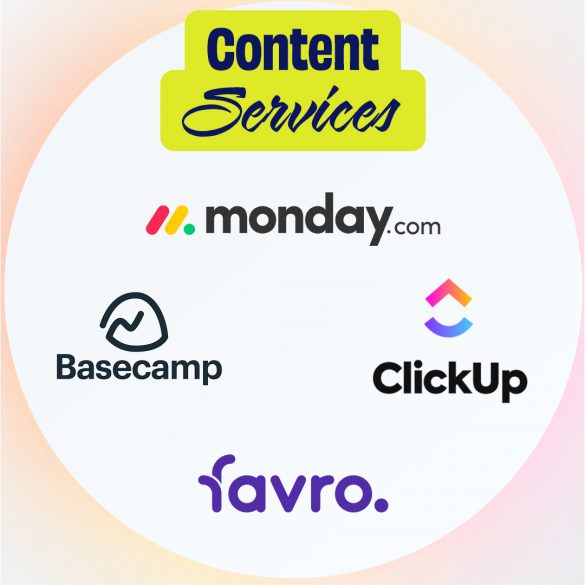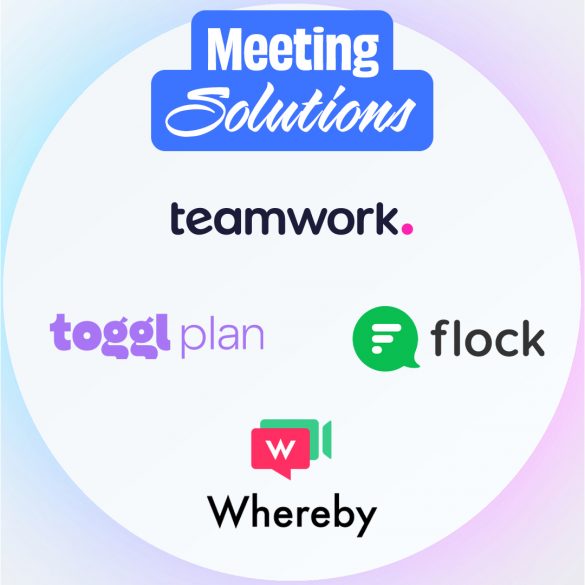Estimated reading time: 5 minutes
At the end of last year, Gartner, a trusted enterprise-tech source, published their take on the digital workplace of the not-so-distant future, along with a few tips on capitalizing on these recommendations. The COVID-19 pandemic sent many of us on-site office workers for a spin, delivering a switch up in how we work, where we work, and why we do our best to work together as a team, being more stabilized and uniform than ever before.
As we journey into 2023, three years after the start of the deadliest pandemic in recent history, many workplaces are reverting their workspaces to the office part or full-time. This movement is only possible with a successful IT department assisting in BYOD allowances and network connections from remote spaces.
Gartner has recommended the following guidelines and tips for mastering the ideal digital workspace entity:
– Plan for governance and support of additional technology hubs by engaging with line-of-business leaders to better understand their technology needs and building bridges with business technologists outside the IT department.
– Partner with HR to identify and implement a plan to upskill, attract, or hire additional resources to implement and operate their future digital workplace strategy.
– Enable agile approaches by embracing business-led fusion teams, process automation, and increased focus on stakeholder management and digital employee experience (DEX) improvements.
What is the digital employee experience? This concept encompasses every aspect of an employee’s interaction with technology, considering the quality, ease of use, and trusted reliability of new advances in workplace technology, such as teleconferencing capabilities, newly improved software for co-creating and working in collaboration, and support from both HR and IT departments on such bandwidth.
The critical areas of a successful digital employee experience involve positive interactions with Human Resources for recruiting and onboarding procedures to promote a seamless opportunity for all prospective candidates.
Another example of propelling the digital employee experience includes an IT department delivering a secure technical support and self-service system, especially for those who experience issues and frequent computer virus run-ins. Feeling supported by your IT team provides workers with a renewed confidence to continue working from remote locations without dipping into value productivity time, improving overall team morale.
IT and HR leaders will need to work together to accommodate the needs of each department concerning their required software/hardware tools and ideal work environment. This is where infrastructure modernization comes into play.
Such digital transformations of workspaces’ legacy applications prove beneficial when it comes to achieving an enterprise’s goals for future planning. A switch to the cloud and an upscale network security measure will ensure a positively successful workflow for both hybrid and remote employees.
Integrating workspace hubs will ensure workplace comfort and productivity. Such newer “Work Hub” components are illustrated as such:
– Workstream Collaborations Tools – Tools that work to create a persistent, chat-based workspace divided into channels. Think Slack, Basecamp, WebEx, Microsoft Teams, Zoom, and more.
– Content Services – services and microservices like digital asset management systems (DAMs) used to house assets such as documents, files, images, and videos.
– Meeting Solutions – meant to assist real-time collaboration tools
Elevate Digital Workplace Applications
According to research collected by Gartner, the Digital Workplace Framework exemplifies a standard structure to organize applications to be more composable and consumable.
Key advancements in the digital working tech space include the following applications:
Everyday AI
o Artificial Intelligence can help workers to improve their daily production rates, saving time on menial tasks and delivering higher quality work on the clock.
o Examples:
Examples:
- Scheduling Meetings
- Booking Workspaces
- Taking meeting minutes
Workstyle Analytics
o Utilized to generate insights and actionable bites from tech usage patterns, which can improve a team’s effectiveness and help them cut back on software subscription services if not needed.
Nudge-tech
o Nudge-tech incorporates behavioral economic principles through hyper-personalized AI. To translate, employees can receive timely digital nudges to submit feedback surveys and commit to task updates via alerts and notifications.
Visual Collaboration
o In this strategy, co-workers can creatively work together on projects and stay on the same operational frame rate. Tools like Notion, Conceptboard, FlowMapp, Deskle, and others help departments store assets, updates, and data for upcoming and currently active projects and goals. Zoom, Microsoft Teams, and other remote work messaging applications also support meeting space zones for co-workers to collaborate. There’s value in hosting an intranet site for your entire team to keep internal communications organized and act as a “hub” for resources, contact information, and recreational postings.
These strategies can boost employee retention and keep them from leaving for other work opportunities.
Why Do Employees Leave?
2020 and beyond have seen a considerable surge of layoffs, but what’s more, thousands of employees are realizing their worth and quitting their jobs as a part of The Great Resignation.
In 2021, the U.S. Bureau of Labor Statistics recorded that over 47 million Americans voluntarily quit their jobs through an unprecedented mass exit, likely spurred on by COVID-19.
Accommodation, food services, leisure, and hospitality industries had the highest quit rates. Alongside this metric, enterprise workers within business and professional services also experienced an increased shift in resignations. The uptick in the movement here comes from workers desiring values and benefits that they can’t have in their current role but know they can find elsewhere.
According to a study analyzed by the ADP Research Institute, 64% of workers would consider quitting if asked to return to the office. At the start of the pandemic, Work-From-Home guidelines were the way of life; due to lockdown mandates and quarantine practices, this workflow soon synced up with workers’ after-work lives and familial interactions, and the expectation was set.
In Conclusion,
Not all companies will be capable of automatically transitioning into a more updated digital workplace; it’s up to your IT and HR leaders to make the call on where the company is maturity-wise and if it would be too much of an issue to make such a drastic change. Most companies are likely ready, especially after the past three years of Work-From-Home due to the COVID-19 virus.
 Specific technology initiatives and goals will need to be set within each department, focusing on maximizing digital employee experience efforts. Success won’t be found immediately, for each leader and their direct reports to participate in training sessions on achieving this transition best. It’s best to be conscious of any multi-generational workforce to ensure everyone is up-to-date on workflow and can depend on a point-of-contact if needed. Once these steps are considered and pursued, employees can be ready for the onset of digital workplace change projected to impact enterprises for the next few years.
Specific technology initiatives and goals will need to be set within each department, focusing on maximizing digital employee experience efforts. Success won’t be found immediately, for each leader and their direct reports to participate in training sessions on achieving this transition best. It’s best to be conscious of any multi-generational workforce to ensure everyone is up-to-date on workflow and can depend on a point-of-contact if needed. Once these steps are considered and pursued, employees can be ready for the onset of digital workplace change projected to impact enterprises for the next few years.
Be sure to read the full report here: https://learn.igloosoftware.com/c/gartner-strategic-roadmap?x=iMjmL5&li_fat_id=c83e8b35-91af-4239-a80d-1bb9a5b703af




